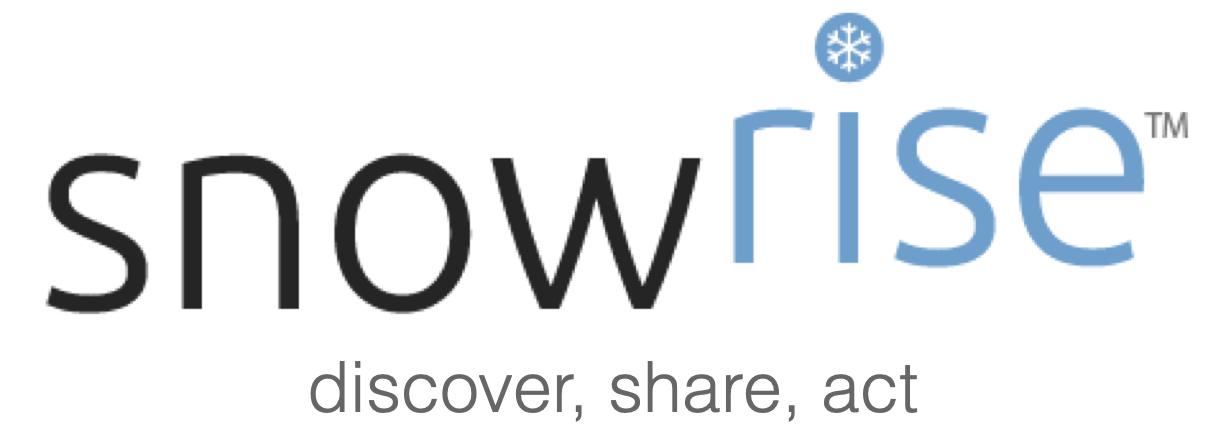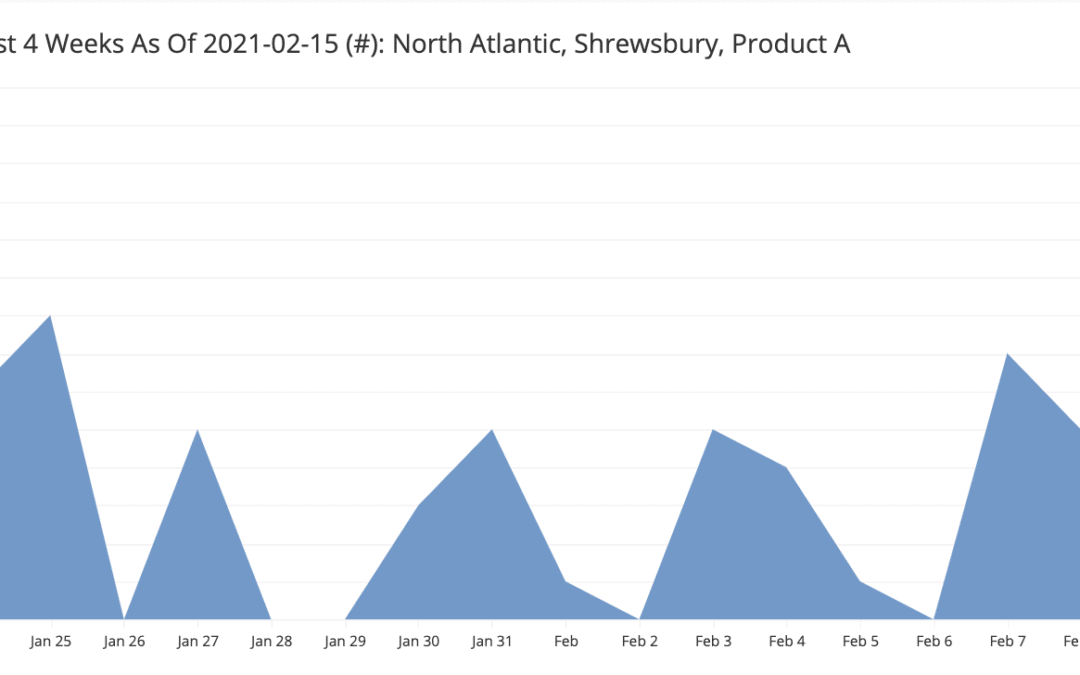Shark bite occurs when there are frequent out-of-stock occurrences at high-velocity stores. It’s the result of replenishment frequencies/quantities not keeping up with product demand, thus dragging down sales at high-volume stores. Viewed graphically, daily POS activity appears as a row of teeth as restocks are consumed rapidly and then the shelf sits empty until the next restock event.
Shark bite contributes significantly to lost sales and can have a more detrimental impact than voids at lower traffic stores. The fact that these stores are under-performing their potential often goes unnoticed because the monthly/weekly velocity metrics for these stores are relatively strong and thus don’t receive scrutiny. That being said, it is possible for a brand to identify the stores suffering from shark bite if the retailer provides daily POS data (ex. Walmart, Wegmans, Whole Foods Market).
Shark bite is a phenomenon that Snowrise’s analytic services identify and quantify from raw retailer POS data. After individually analyzing the data for each distribution point, Snowrise generates a prioritized list of products at high-velocity store locations that experience frequent out-of-stock occurrences. Online dashboard drill-downs allow customers to view the daily POS purchase activity to better understand, communicate, and address the situation.
Alerting team members to the specific set of products and stores that are experiencing shark bite is the first step to resolving the issues and increasing sales. Don’t hesitate to engage your broader team (ex. brokers, field reps, merchandisers) to facilitate conversations with the buyer and/or a store team member to adjust replenishment activities. An educated conversation leveraging the retailer’s own data goes a long way in distinguishing your quantifiable issue from the noise that buyers and store teams hear every day.


Recent Comments